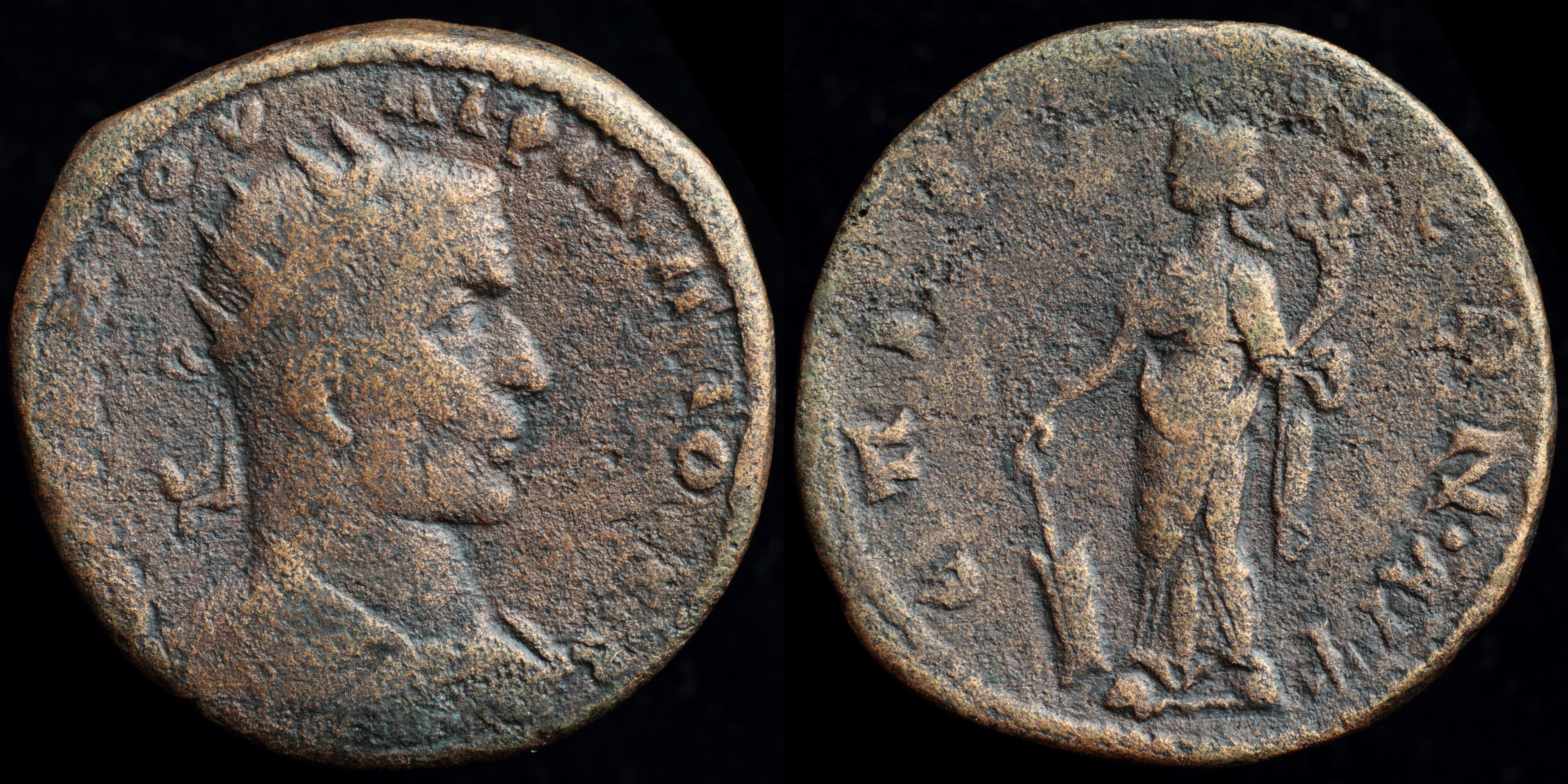Epiphaneia was a city in Cilicia Secunda in Anatolia. It was originally called Oiniandos, and was located in the area of the northern tip of the Gulf of Iskenderun on the route from Missis to Antioch. In the 2nd century BC the city was renamed Epiphania, in honour of Antiochus IV Epiphanes, King of Syria from 175 BC to 164 BC.
The city is mentioned in the writings of Ptolemy and Pliny the Elder. Cicero stayed there briefly during his exile. In 66 BC the Roman general Pompey led a campaign against the Mediterranean pirates. After the surrender of the pirates, they were dispersed and many were settled at Epiphania.
According to Gibbon, Saint George was born here, in a fuller's shop, in the late 4th century. Saint Amphion was the earliest known bishop of Epiphania in 325, as a suffragan of the Bishop of Anazarbus. He attended the First Council of Nicaea in 325, and later suffered under the persecutions of Diocletian. Today its ruins include the remains of walls, a temple, an acropolis, an aqueduct, and many houses, all built in basalt.
The city is mentioned in the writings of Ptolemy and Pliny the Elder. Cicero stayed there briefly during his exile. In 66 BC the Roman general Pompey led a campaign against the Mediterranean pirates. After the surrender of the pirates, they were dispersed and many were settled at Epiphania.
According to Gibbon, Saint George was born here, in a fuller's shop, in the late 4th century. Saint Amphion was the earliest known bishop of Epiphania in 325, as a suffragan of the Bishop of Anazarbus. He attended the First Council of Nicaea in 325, and later suffered under the persecutions of Diocletian. Today its ruins include the remains of walls, a temple, an acropolis, an aqueduct, and many houses, all built in basalt.
Modern location: Ruins
(1)
Philip I

An
AE
unit
struck 244-245 AD
in
Epiphaneia (Cilicia)
Obverse: radiate, draped and cuirassed bust right from behind; AVT K M IOV_ΛI ΦIΛIΠΠOC CEB
Reverse: Tyche facing, head turned left, holding rudder and cornucopia; EΠIΦA_NEΩN·AIT
Diameter:
32 mm
Die Orientation: -
Weight: 33.1 g
Die Orientation: -
Weight: 33.1 g
No notes for this coin
SNG Levante 1826 (same obverse die); SNG France 2403 (same obverse die); SNG von Aulock -; L&K A1491B (same dies)
